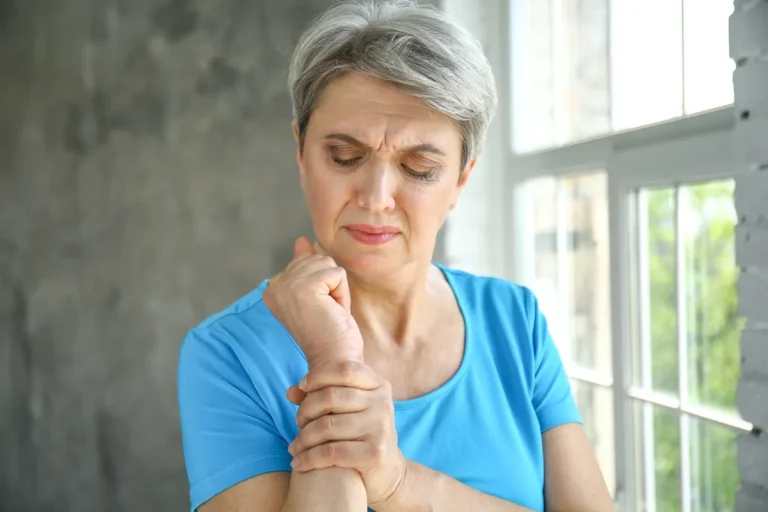Surgery is the best but last resort to treat medical conditions or injuries causing chronic pain if all other treatment choices have failed or become ineffective over time. Depending on the cause and severity of chronic pain, nonsurgical treatments are usually the most effective way to manage and relieve its symptoms.
At Specialty Care Clinics, our team of pain management experts provides a variety of treatment options created especially for your need.

NON-SURGICAL WAYS TO MANAGE PAIN
Usually, non-surgical ways are used to treat conditions that result in chronic pain. Pain management plans are created after evaluating pain intensity, overall health profile, age, medical history, and the main cause of chronic pain.
Physical therapy:– Physical techniques are used in physical therapy to stretch and strengthen the muscles and joints. In addition to reducing pain, stretching and strengthening muscles can also prevent it from returning.
Medications:– Pain medications range from over-the-counter pain relievers to prescription painkillers. Over-the-counter medications provide short-term relief for mild or moderate pain. For severe pain, prescription medications are more effective.
Trigger point injections:– Knots or trigger points in a muscle group, usually in the neck, shoulders, and back also cause chronic pain. To treat trigger points and alleviate pain and inflammation, anesthetic and steroid solutions are injected directly into the trigger point.
Radiofrequency ablation:– It prevents a set of nerves from transmitting pain signals to the brain by using radio waves, which produce heat. It is an outpatient procedure. In this procedure, needles are used to deliver radio waves. During the treatment, which usually lasts a few minutes, anesthesia is available to minimize discomfort.
Exercise:– Exercise can help break the vicious cycle of chronic pain and loss of mobility associated with conditions such as fibromyalgia and arthritis. Exercises such as walking, biking or swimming help improve blood flow and loosen up tight muscles, which both accelerate the body’s natural healing process.
Yoga:– With stretching and specific poses, yoga helps to calm, strengthen, and maintain flexibility in the body. A 2010 study of yoga’s effect on chronic pain suggests yoga did not reduce participants’ pain, but it did help them cope, and they felt more in control of how their pain affected their daily lives.
According to other studies, yoga is helpful in easing pain.

Relaxation techniques:– Relaxation techniques are helpful in easing muscle tension, muscle spasms, and pains. Additionally, they can release endorphins, which are the body’s natural painkillers. With relaxation, a person can reduce stress, which can decrease the load of chronic pain and encourage better sleep.
Relaxation techniques include :
- Breathing techniques:– Tension is reduced by using slow, relaxing breathing techniques.
- Relaxing activities:– Give some time for relaxing activities like having a warm bath, or reading a book.
- Progressive muscle relaxation:– It involves relaxing each muscle group from head to toe for ten seconds each.
Hot and cold therapy:– A common method to reduce pain is hot and cold therapy. Heat can expand blood vessels and help in muscular relaxation. Also, it can help an injury heal. By reducing blood flow and inflammation, cold therapy relieves pain. In this method, ice wrapped in a cloth or towel is applied to the skin.
Stress management:– Stress and pain are closely linked. Developing healthy strategies to cope with life’s stresses might help you feel more at ease and have more control over your symptoms.
Consult a provider with expertise in pain management if chronic pain has become a part of your daily life. Call us to book an appointment.
